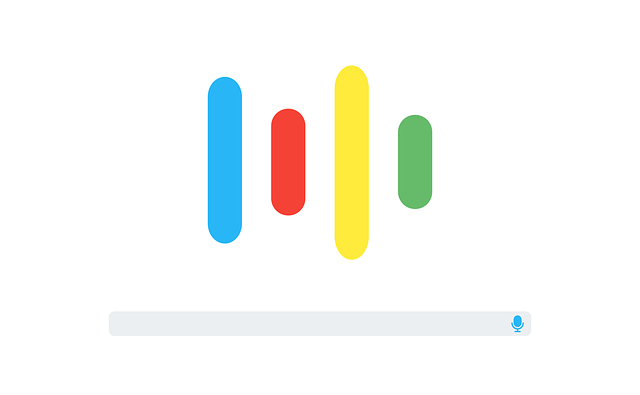Setting Goals and Benchmarks
In creating a website, the creator has done so typically in order to achieve a particular function; whether that be to sell products, advertise, or generate viewers or readers. However, the success of a website–whether it is doing its job or not–can often be muddled or misguided if the website owner does not establish clear touchstones and benchmarks to assess the effectiveness of their web marketing results. The process of website conversion is successfully getting a website to fulfill its purpose in helping visitors do what it is meant to help them do–whether that means selling a product, signing them up for a newsletter, or a metric, in which the user is supposed to view a specific amount of pages on the site. Owning and spending money on a marketing website is a moot point if the website is not showing lucrative website conversion, as it won’t be generating sales or leads if it does not have clear goals.
How to Measure conversion rate
Marketers can measure the website conversion rate of their sites in a plethora of ways. A ‘conversion’ is measured when a visitor completes a desired action on your website. For example, a retail or clothing vendor can evaluate their rate of website conversion by how many products are sold, or a marketer hoping to advertise their product through weekly emails can measure their potential leads by the number of visitors who sign up for their newsletter through their website. In setting a specific conversion goal, webmasters and marketing teams can analyze trends of conversion in accordance to developments on their website, and determine what features on their website generates the most profit and what is most successful.
Even websites that aren’t geared toward profit, such as blogging sites or news boards, can analyze which articles or interfaces fostered the most viewing time or pages of viewing by a reader, and can invest in conversions that promote these results, and defund less potent conversions. High rates of website conversion on these websites indicate user engagement that can be attractive to potential advertisers.
How do I promote higher website conversion?
The right structure and design of a website is ultimately crucial to optimizing website conversion. For example, if a contact email is located in fine text at the bottom of the website when the customer’s primary desire is to contact the siteholder by email, it is not an example of maximizing website conversion rate. In designing a website, the goal shouldn’t be to fight the way visitors interact with a website, but to take the steps necessary to rearrange content to accommodate them and increase traffic. Once goals and benchmarks for a website enterprise are established, and conversion rate is calculated, the next step for optimization should be observing the features of the website that garner the most traffic or identifying the needs of customers and designing a functioning, accessible website that seeks to burgeon a website conversion rates and promote business.
What we can do to help
Measuring visitor traffic and patterns can be an arduous, complicated process. What may be even more difficult, however, can be deciding what formatting and functions are necessary to fully optimize a website and design the perfect site to fit the needs of visitors and maximize website conversion rates. Here at Jordan Creative, we provide services to do the heavy-lifting for you, and help design a sleek, stylish website that will produce the best results.


